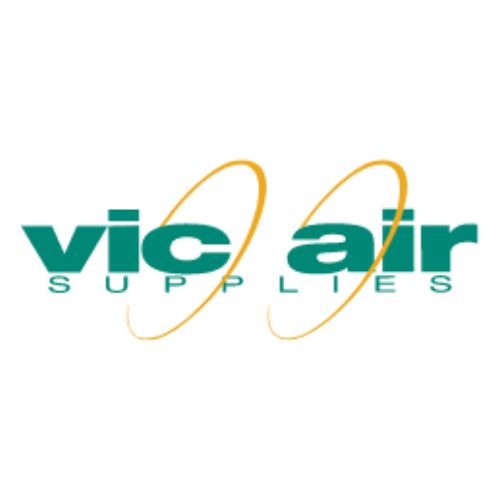- https://sealtick.com/container-integrity-testing/
- The vacuum leak test is a crucial quality control step, especially in industries where airtight seals are essential, such as manufacturing, aerospace, and automotive. This procedure ensures the integrity of components, preventing leaks that could compromise safety or performance. Here's a comprehensive guide to the vacuum leak test procedure.
Category:

Preparation:
Before initiating the test, ensure the test chamber and all equipment are clean and free of contaminants. Calibrate the vacuum equipment to guarantee accurate results.
Sealing the System:
Close off all entry and exit points of the system under test. Connect the vacuum pump to create a vacuum within the chamber.
Stabilization:
Allow the system to stabilize at the desired vacuum level. Monitor the pressure to ensure it remains constant.
Leak Detection:
Introduce a tracer gas or use a helium mass spectrometer to identify any potential leaks. If the gas is detected outside the permissible limits, it indicates a leak in the system.
Locating and Repairing Leaks:
Use leak detection equipment to pinpoint the exact location of leaks. Once identified, repairs can be made, and the system can be retested to confirm the effectiveness of the fixes.
Documentation:
Document the test parameters, results, and any corrective actions taken. This documentation is crucial for quality control records and future reference.
By following a systematic vacuum leak test procedure, industries can ensure the reliability and safety of their products, meeting stringent quality standards.



